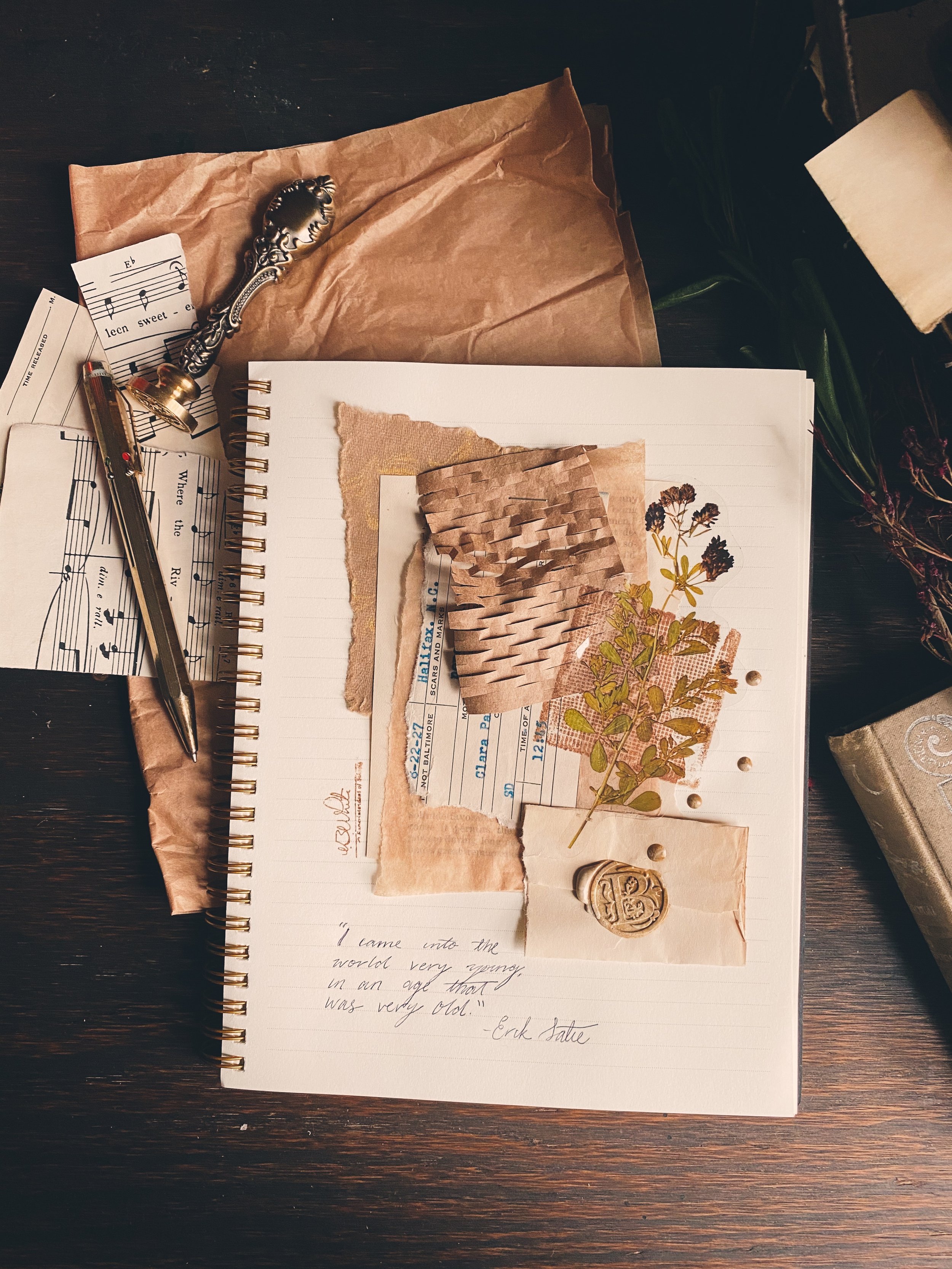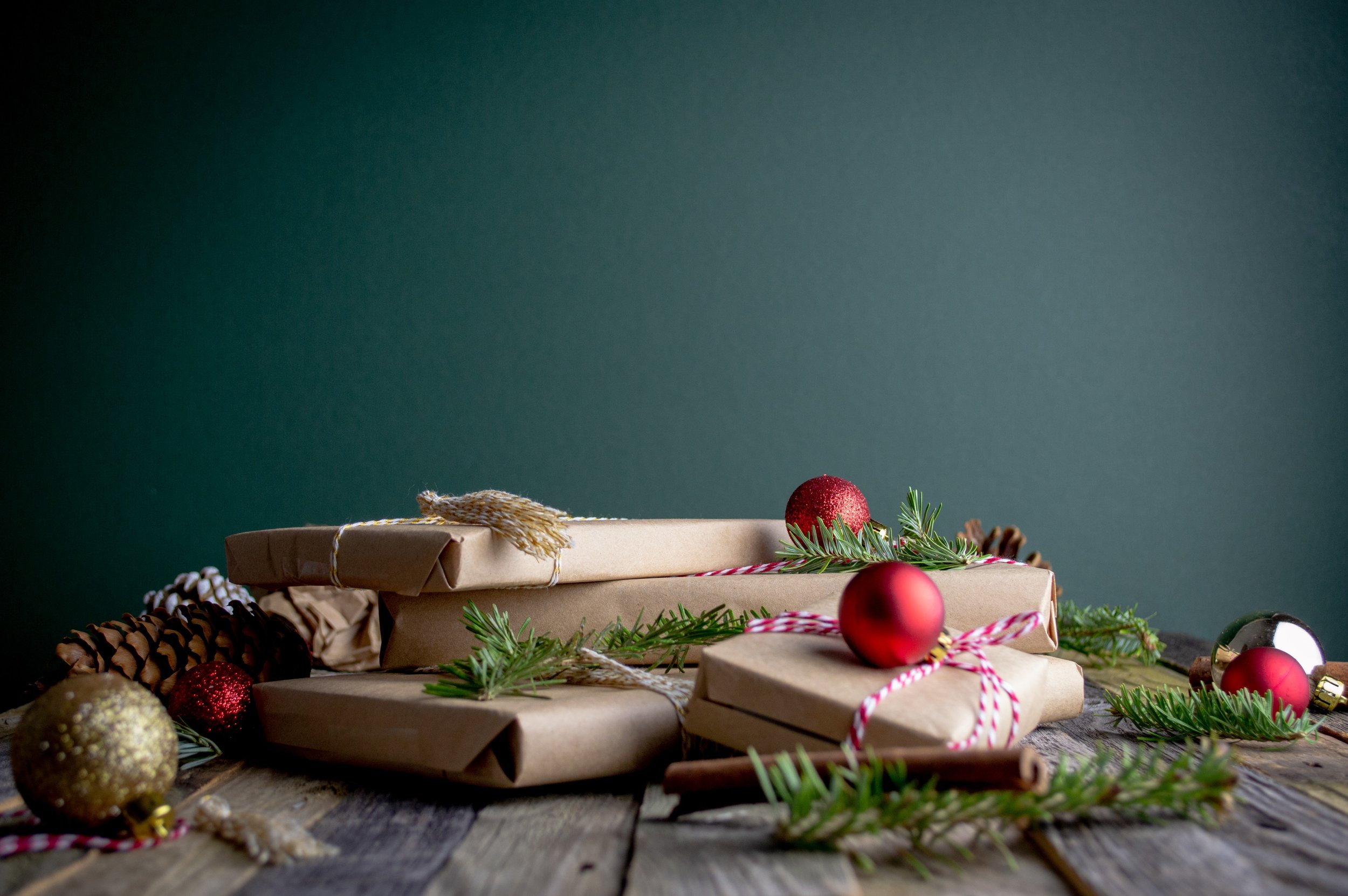When writing about an event it is common to simply retell what happened. This way of storytelling focuses primarily on the sequence of events. The reader will be able to learn something, but there is much left untold when focusing mostly on what happened and when. By taking a step back, and viewing from a wider perspective, a much richer scene can be crafted. The reader will take more away from the reading; they will have a more rewarding experience. Taking a wider perspective is also helpful in reflective writing, even if the work is not meant to be shared with a reader. Through visualizing the event, considering the contextual situation, drawing on the sensory details, and taking a metacognitive view, a writer might learn something new about themselves in their own reflections.
I’ve put together a simple checklist to help filter the details of scene outlined at the end of the above paragraph. Find the checklist at the end. For now, let’s look at each element in some detail, though, before filling in the checklist and writing a scene.
Visual Elements
This might be one of the more common details to give when crafting a scene. That said, there is a difference between saying, “the dog crossed the street,” and “the old, scraggly brown mut limped across the street;” or “the white-coated Pomeranian happily bounded across the street.” In each sentence a dog crossed the street. However, two of three sentences gave more visual information about the dog. The reader knows something more about the dog after reding the more descriptive sentences. The additional detail to what a character sees in a scene adds more texture to the world. As in our example of the dog crossing the street, the additional visual detail can also add useful information about a character (or a place, or a thing, etc.).
Take note of some of the people, places, or things that should appear in the scene. For each element (person, place, etc.) note as many descriptive visual details as you can think of. Every detail doesn’t necessarily need to make it into the writing. The writer should know more about the character, scene, and story than what ultimately makes it to the page. In short, it’s good to have plenty of detail to choose from—some of those details might not make the final cut.
Contextual Situation
Understanding the contextual situation surrounding the scene gives the writer an opportunity to temporally ground the story. Moreover, adding context can give insight into the character’s motivations and/or the world around them. Adding additional context into a scene will help make the world in which the characters exist feel fuller.
For example, if my scene is set in the 1980’s and the character enters a room in which President Reagan is giving a speech on a television, the reader knows the story is taking place in a certain period without having given the date explicitly—this grounding in time can be made clearer by the inclusion of visual elements such as clothing, vehicles, technology, tec. To take the idea of context and this example one step further, the speech being given by the president might bring more context to the scene. For example, if the writer shows that it is the “tear down the wall” speech, that might add a certain political context to the reader’s mind. If, however, the writer show’s that it is the speech in which Reagan opined on the existence of aliens, the reader might assume that aliens might be important to the character or story.
The above examples use societal contexts to establish the era in which the story takes place. It is also important to consider the contexts more closely surrounding the character. Who are they? What do they do? What is affecting them? What are their goals? In short: what are the circumstances surrounding the character’s situation?
Sensory Elements
Sensory elements are a good way to add texture to a scene. Sensory elements can also be used to bring the reader closer to the character. Consider what the character might smell, taste, touch. Use descriptive language while conveying these senses to the reader. One could write that when a character enters a scene, they “smell something bad;” or they could use more descriptive language and write something that adds smore to the reader’s experience. For example, maybe the character smelled something pungent, like the stench of a decomposing body of a recently deceased groundhog wafting from the crawlspace on a hot summer day. You might not have liked that last sentence, but it was certainly more descriptive than, they “smelled something bad.”
Consider each sensory element that might exist in the scene. Try to describe each sensory element using as many adjectives as you can think of. You likely will not use all the ideas that you generate. Though it is important to add texture to a scene, and to use your character’s senses to bring them closer to your reader, beware not to overwhelm your reader. Include enough detail to bring the world to life, but not so much that the reader loses the plot.
Metacognitive Perspective
Taking a metacognitive view is where the real power of reflective writing manifests. This is where we, as writers, step back and look at our own experiences from a bird’s eye point of view. Through the metacognitive view, we take the opportunity to consider our experiences: how did we feel in a situation, what did we do well, what did we not do well, and what we might do differently next time.
It is key in reflective writing to take the metacognitive perspective, as answering these questions objectively can lead to growth. However, we can also use this way of thinking in writing a scene of fiction. Ask these questions about a character to get to really know them: what are this character’s strengths, what are their weaknesses, how are they going to contend with their shortcomings? You can certainly add to this list. The more the writer knows their character, the more they’ll be able to bring the character to life for the reader.
Check out the related videos below. But first, sign up to our newsletter to get monthly 1134 Press updates!













